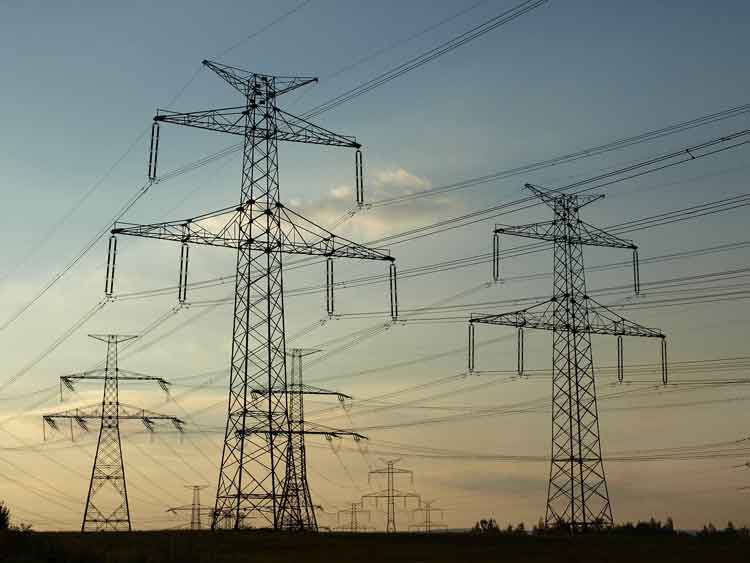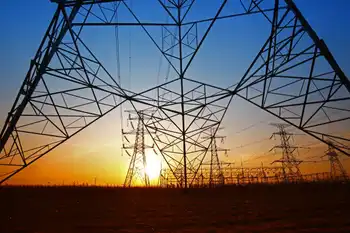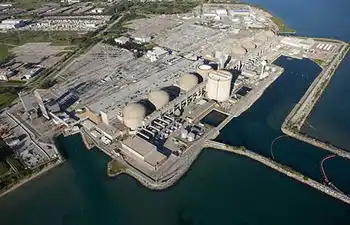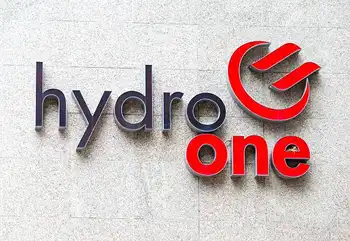California jump-starts the plug-in race
CALIFORNIA - Who says governments can't mandate technological breakthroughs?
Nearly half a century ago, California regulators led the world by introducing strict anti-pollution rules. Despite heated opposition, auto makers managed to comply and today the average new vehicle is 98 per cent cleaner, in terms of smog-forming emissions, than it was in 1963.
Thanks to catalytic converters, cleaner fuel and more efficient fuel and combustion management technology - the various traps and filters and fuel injectors that are now standard on all new cars - tailpipe emissions from new vehicles are now pretty negligible.
Well, California is at it again. Last month, the California Air Resources Board ruled that the "Big Six" car makers must sell 58,333 plug-in hybrid vehicles, along with up to 7,500 "pure zero-emission vehicles," from 2012 through 2014. The latter are essentially fuel-cell vehicles or hydrogen-fuelled combustion cars such as the BMW Hydrogen 7.
Alternatively, the auto makers can choose to sell 12,500 battery-electric vehicles with a range of at least 160 km.
But that's only the start. If 12 other states adopt California's emissions rules, sales of plug-ins and electric vehicles will explode into the tens of thousands annually. So the plug-in race is on.
For now, the leaders are General Motors and Toyota. Both are developing plug-in hybrids for sale around 2010. Ford is testing a plug-in Escape SUV, but other global auto makers are only hinting at their plug-in and electric vehicle plans. Nissan, Honda and Chrysler, in fact, are readying gasoline-electric hybrids, but none has yet announced plans for a plug-in hybrid. This week, auto parts maker Magna joined the race to build a plug-in hybrid and said it plans to have a prototype on the road next year or in 2010.
The challenge for all manufacturers is the battery pack. Lithium-ion (Li-Ion) batteries are required, but no supplier has yet developed batteries proven to be safe, durable and affordable. Several battery suppliers say they are close, though.
Hybrid vehicles are powered by a gasoline engine plus an electric motor with a small on-board battery pack to run accessories, move the vehicle for short distances and provide a power boost when accelerating. The gasoline engine can power the wheels, or it can recharge the battery pack that generates electricity for the electric motor.
A plug-in hybrid goes a step further. It can be recharged overnight by hooking the batteries up to an everyday power outlet. Theoretically, owners who drive less than 60-80 kilometres a day will never need to fill up on gasoline. The plug-in can run solely on its battery pack, preferably recharged less expensively during off-peak hours, or at some other time when necessary.
GM has been the most vocal about its plug-in plans. It has repeatedly said it will roll out the Chevy Volt late in 2010. GM has also said it is developing a plug-in version of the Saturn Vue SUV. Toyota is planning a plug-in version of the Prius and fleet testing of its plug-in was announced earlier this year in Detroit.
But will the batteries be ready? Increasingly, car company officials say they are on track with their suppliers to develop reliable, cost-effective lithium ion batteries. Lithium ion batteries ? like those in your watch and laptop ? are ideal but unproven. They are smaller and lighter than the current nickel-metal hydride batteries in hybrids such as the current Prius and GM's hybrid Chevrolet Tahoe.
One of the many barriers, however, is price. Analysts have estimated the cost of the lithium ion battery pack for the Volt at about $10,000. Yet as fuel prices continue their steady climb, plug-in hybrids might make more sense economically. Only last week, CIBC World Markets predicted that crude oil prices will soar to more than $200 (US) a barrel over the next five years. That would mean a single fill-up, at $2.25 per litre, would cost more than $100 for an economy car like the Honda Fit or Toyota Yaris.
Certainly a spike in sales of plug-in hybrid electric vehicles would cut gasoline use, but that shift might not necessarily prove to be less expensive for drivers, nor better for the environment as a whole. The cost of an electric charge might go up notably as demand for electricity increases, negating some of the benefit. There also is research suggesting that more plug-ins on the road could increase air pollution in some areas.
Here's the problem: The lower tailpipe emissions of plug-ins may be offset by smokestack emissions from power generating plants supplying the electricity to recharge the on-board batteries. Plug-ins are indirectly powered by the fuel used to generate the electricity charging the batteries.
The coal issue poses a particular problem in the United States, but also one in Canada and Europe, too. A sizable chunk of electricity in Ontario and other parts of Canada is generated by coal-fired power plants. In some places, significant power comes from nuclear generators, which are strongly opposed in some quarters.
In the much larger United States, about 49 per cent of all power comes from burning coal. European countries, meanwhile, are expected to put into operation about 50 coal-fired plants over the next five years, plants that will be in use for the next 50 years. Where coal is the primary fuel to generate electricity, plug-in hybrids start to look like coal-burning cars.
Electricity from dirty coal plants might result "in significant increases of soot and mercury," says a report by the U.S. environmental advocacy group Natural Resources Defense Council. Soot particles can make it hard to breathe, especially for asthmatics. Critics suggest that where coal figures prominently in generating electricity, plug-ins might not be at all good for the environment.
What needs consideration, then, is not just the technology required for a plug-in, but also the source of electricity used to charge the batteries. All these are worthy efforts, however; in fact, the benefits plug-ins promise ultimately outweigh the costs and potential problems.
For instance, the NRDC study shows that a plug-in charged from a power plant burning the dirtiest type of coal still has an overall pollution level less than a conventional gasoline car, though it would produce 11 per cent more greenhouse gas emissions than a regular, non-plug-in hybrid. And charging a plug-in with electricity from renewable resources - wind or water, for instance - cuts overall greenhouse gas emissions to as low as a conventional gasoline car getting 74 miles per gallon. No current gasoline car does that.
Despite the issues, plug-ins are coming and in significant numbers within five years. The first plug-in vehicle in production is likely to be GM's Chevrolet Volt. GM officials like Bob Lutz, vice-chairman for global product development, in fact argue that the Volt is not a plug-in at all.
Rather, it is an electric vehicle that runs entirely on batteries, with a small on-board engine for recharging as necessary. GM's vision of the Volt is of a car primarily recharged by plugging it into a normal wall socket. The small gas engine is a generator, never really powering the car directly at all.
GM could sell 60,000 or more a year, says consultant J.D. Power and Associates. But only if the price is $30,000 (US) or less.
And that's the biggest problem of all for GM. Despite concerns about the source of electricity and the viability of batteries, plug-ins will go from the auto industry's fringes to mainstream family transportation only if the price is right.
Not even the regulators in California are willing to mandate pricing, so it's up to the car companies to work out the costs - just as they did with catalytic converters, electronic engine controls and fuel injection.
Related News

German Energy Demand Hits Historic Low Amid Economic Stagnation
BERLIN - Germany is on the verge of experiencing a significant decline in energy demand, with forecasts suggesting that usage could hit a record low as the country grapples with economic stagnation. This shift highlights not only the immediate impacts of sluggish economic growth but also broader trends in energy consumption, sustainability, and the transition to renewable resources.
Recent data indicate that Germany's economy is facing substantial challenges, including high inflation and reduced industrial output. As companies struggle to maintain profitability amid rising costs, many have begun to cut back on energy consumption. This retrenchment is particularly pronounced in energy-intensive…




